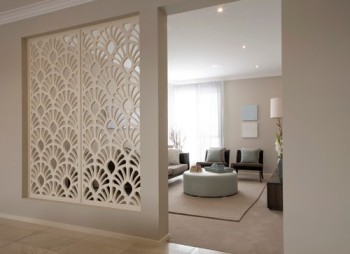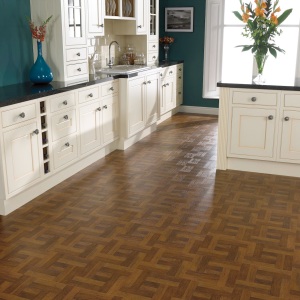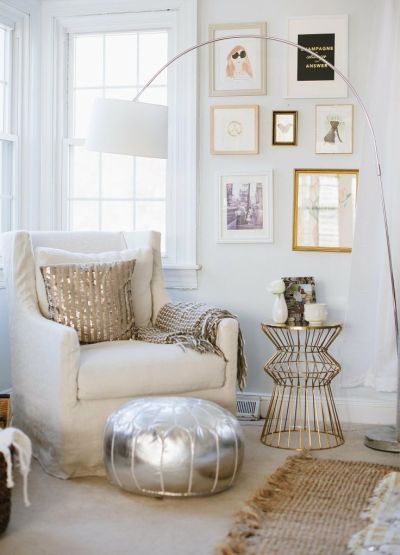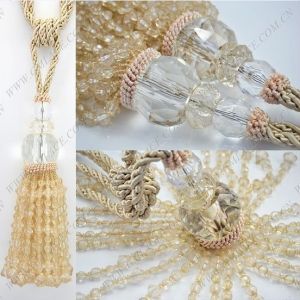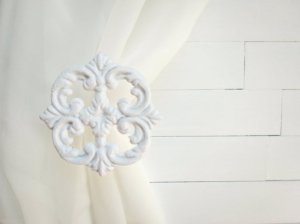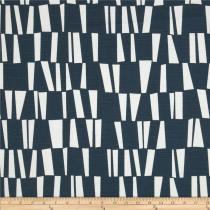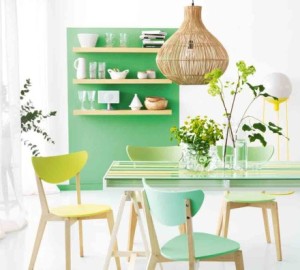I haven’t blogged during the past couple of weeks because I have been busy traveling back in time and around the world. Okay, not literally, but my day class on Period and Country Decorating Styles took me all the way back to Ancient Egypt. My class was only three hours per day but along with the heavy homework load, I can now more fully appreciate the challenges facing a working mom: from finding childcare to getting dinner on the table, and house cleaning? What’s that?
Today is my first day back in my “real life” and with the children screaming at my feet I am looking at the clock, wishing I had a babysitter coming to my rescue in the next fifteen minutes. Instead we will resume our normal routine: seeking entertainment outside the home in order to maintain everyone’s sanity.
Fast forward in time and my husband is back home to entertain the kids and I’m hoping to entertain (at least interest) you with some of the things I learned during my class. We learned a lot about what details and designs have marked decorating in certain periods of time and how they show up in North American design today (both traditional and modern).
The oldest knowledge we have of interior decor goes back to Ancient Egypt. Would you believe that the design for the ever popular X shaped stool is over three thousand years old? It started like this:
In modern decor you’d recognize something more like this:
While in traditional decor today you might expect something more like this:
 Fly yourself East to China and you’ll find the origin of the the “Greek key” pattern which is not so Greek after all.
Fly yourself East to China and you’ll find the origin of the the “Greek key” pattern which is not so Greek after all.
Here is one way the Greek key has been applied in modern decor:
In more traditional decor it is very popular as a trim on draperies:
We can also attribute one of 2014’s decor trends, fretwork, to Ancient China. I love the application of fretwork in both modern and traditional design:
Used as a room divider in a modern living room:
And as a lovely design feature on the ceiling of this traditional dining room:
Who knows what other goodies we have missed out on from long ago China? Apparently with each new dynasty, the artwork and design etc of the previous dynasty was destroyed.
Into more familiar territory, there are oodles of decor goodies which have been passed down to us through the history of Europe which will likely be recognizable to you. Did you know that the parquet which we so shudder at today originated during Tudor times in the 16th century? Their version of parquet was a far cry from what we see today:
Somewhere in the 20 century things got off track and they began manufacturing the terrible, honey blonde slabs of parquet which most of us associate the word with. Thankfully, after many year of this duddy flooring the design gods have gotten back on track and started coming out with lovely patterns like this:
While today we enjoy the luxury of radiant heating and gas fireplaces, during the reign of Queen Anne in the 18th century, people had to come up with innovative ways to keeps themselves warm. One such idea was the wing back chair. The premise was that the wings of the chair would block the draft and keep their heads warmer. Today we continue to enjoy the classic lines of this chair.
Here is a very modern, dare I say almost space age, version of the wing back chair:
The wing backs in this traditional living room give you a better idea of the original design:
There isn’t much of a positive spin that can be put on Napoleon’s reign in the early 19th century but if I could shoot at one, it would be that the sleigh bed took off at this time, though its earliest roots are in Rome.
This super modern sleigh bed is pushing the edge of what a sleigh bed is but I love the look: it reminds me less of a sleigh and more of the toboggan I rode on as a child.
You are likely more familiar with the kind of sleigh bed seen in some more traditional bedrooms these days:
Around the same time Napoleon was wreaking havoc in France, Germany was perfecting the art of wood veneering. Though this was not the beginning of veneering, the Germans excelled at the craft and created extraordinary pieces of furniture in what is known as”Beidermeir” style.
Veneers are used in much the same was as seen above in today’s traditional decor but are also used to help create sleek modern designs such as in the kitchen below:
The funny thing is that they used these veneers due to the economic necessity of not using too much wood. Now-a-days, to get a piece of furniture with that quality of veneer it may well be more expensive than a piece of solid wood furniture.
Once we reach the Victorian era, starting in 1837, there is not much new under the sun. This period of history marks the beginning of the first truly eclectic decor style where the good, the bad, and the ugly of all the previous generations were incorporated to create Victorian style. They did however add some distinct pizazz at this time with excessive trim and the first tufted furniture. I’m not a big fan of trim but give me tufting any day.
Here this modern sofa is enhanced with a few selective tufts:
This sofa would fit as well in Victorian times as it would in a traditional living room today:
From there we hit the 20th century and design history repeats itself. There is nothing new under the sun, simply new applications of old design. But aren’t we lucky that we had such design-savvy ancestors to pave the way?
Special thanks to Bea O’Driscoll for the passing on of this knowledge and to my husband for helping me carve out the time to relax and write this post.






